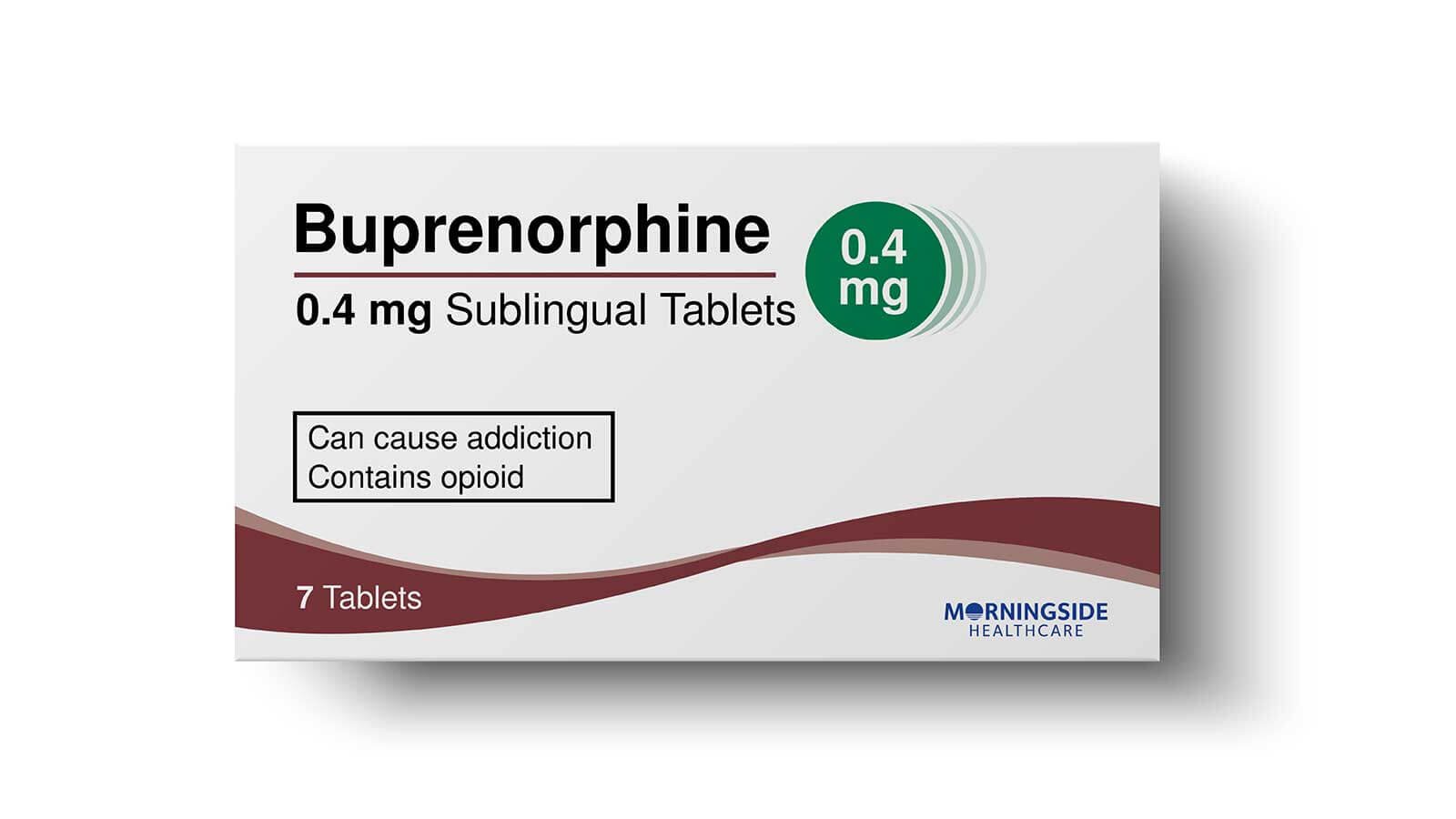Buprenorphine Tablets
$50.00 – $150.00
Buprenorphine Tablets
Buprenorphine tablets are a medication primarily used in the treatment of opioid dependence and chronic pain management. Buprenorphine is a partial opioid agonist, meaning it binds to the same receptors in the brain as opioids but produces less euphoria and physical dependence.
Buprenorphine Tablets
Buprenorphine tablets are a medication primarily used in the treatment of opioid dependence and chronic pain management. Buprenorphine is a partial opioid agonist, meaning it binds to the same receptors in the brain as opioids but produces less euphoria and physical dependence.
Here are some key points about buprenorphine tablets:
- Opioid Dependence Treatment: Buprenorphine is commonly used as a medication-assisted treatment (MAT) for opioid dependence, including addiction to heroin and prescription painkillers like oxycodone or hydrocodone. It helps reduce cravings and withdrawal symptoms, allowing individuals to gradually taper off opioids.
- Formulations: Buprenorphine is available in several formulations, including sublingual tablets, sublingual films, and implants. The sublingual tablets are placed under the tongue and allowed to dissolve.
- Suboxone: Suboxone is a combination medication containing buprenorphine and naloxone. Naloxone is added to deter misuse; when taken sublingually as directed, naloxone has minimal effect, but if the tablet is crushed and injected, naloxone can precipitate withdrawal symptoms in opioid-dependent individuals.
- Chronic Pain Management: In addition to treating opioid dependence, buprenorphine may also be prescribed for chronic pain management. It can provide pain relief while minimizing the risk of respiratory depression and overdose compared to full opioid agonists.
- Dosage: The dosage of buprenorphine tablets varies depending on the individual’s needs, tolerance, and response to treatment. It is typically initiated under the supervision of a healthcare provider experienced in the treatment of opioid dependence.
- Safety Considerations: Buprenorphine can still lead to physical dependence and addiction, especially when misused or taken in high doses. It should only be used as prescribed by a healthcare professional.
- Side Effects: Common side effects of buprenorphine may include constipation, nausea, vomiting, headache, dizziness, and drowsiness. These side effects are usually mild and may lessen over time.
- Pregnancy and Lactation: The safety of buprenorphine during pregnancy and breastfeeding is a complex issue and should be carefully considered in consultation with a healthcare provider.
- Drug Interactions: Buprenorphine may interact with other medications, including other opioids, benzodiazepines, and certain antidepressants. It’s essential to inform your healthcare provider about all medications you are taking before starting buprenorphine.
If you or someone you know is struggling with opioid dependence, it’s important to seek help from a healthcare provider or addiction specialist. Buprenorphine treatment, when used as part of a comprehensive treatment program, can be an effective tool in recovery.

| Amount | 100 pills, 30 pills, 60 pills |
|---|
Reviews
There are no reviews yet.
Related products
Pills
Pills
Pills
Pills
Pills
Pills












Be the first to review “Buprenorphine Tablets”